As we know, birth, aging, sickness, and death are unavoidable realities of life. Therefore, we can only choose to accept death openly. However, ancient Chinese culture has always placed great importance on burial practices.
In the work “Shooting a Child · Skeleton Vengeance” by Feng Weimin, he writes: “Since ancient times, the making of coffins and burial in the ground has been a significant matter.”
From the perspective of the ancients, regardless of how many achievements a person may accumulate in life, they ultimately return to a handful of earth. Particularly in the long-standing cultural beliefs, the Chinese have a tradition of returning to their roots, placing great emphasis on the final stage of life as a return to the earth, which reflects the Chinese perspective on funerals.
However, with the development and changes in society, funeral practices and burial methods have evolved alongside the cultural evolution of funerals. Today, people no longer cling to traditional burial methods, and many new burial methods have emerged that were previously unknown.
Let’s explore the development of Chinese funerals and a new burial method that has been tested in Wuhan.
Burial Practices Have Long Existed but Are No Longer Suitable for Today’s Society
Many Chinese still practice burial methods after death, known as earth burial. The reason earth burial remains popular is that ancient Chinese, primarily farmers influenced by an agricultural civilization, believed that only those buried in the ground after death could receive the blessings of the earth and thus find peace after death. This is also an ancient belief in respecting nature.
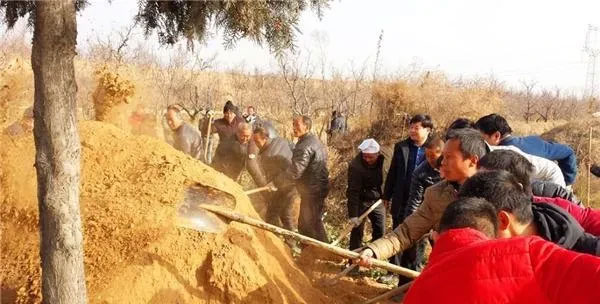
Funeral practices and burial methods have evolved alongside cultural changes.
This belief has deeply rooted itself in the Chinese psyche, so even in modern times, many older generations still value tradition and prefer this conventional burial method.
However, while respecting tradition is commendable, the development of the times has gradually exposed many shortcomings of earth burial, the most obvious being the increasing scarcity of burial land.
As we know, with advancements in science and technology, the number of farmers has dwindled significantly. The development of towering structures occupies vast areas of land, and real estate prices have skyrocketed, leading to a continuous increase in the demand for land resources in China, embodying the notion that “land is gold.” This highlights the shortcomings of burial practices.
The drawbacks of burial include the excessive use of land resources. Nowadays, land is limited, and acquiring cemetery plots comes at a high cost, often requiring long waiting periods.
Moreover, it has been discovered that earth burial is very unfriendly to the environment. People are no longer influenced by feudal concepts and are no longer obsessed with burial, leading some to abandon earth burial in favor of cremation!
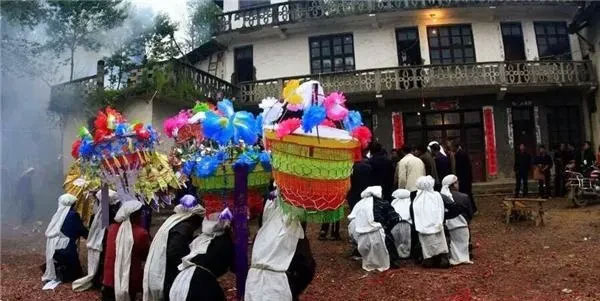
Conducting a funeral for the deceased.
Cremation
Today, due to social circumstances, many places no longer allow earth burial, prompting updates to funeral practices in China. After moving away from burial, cremation is increasingly being accepted by many.
<pRegarding cremation, many people are familiar with the process of reducing the deceased’s body to ashes.
Compared to earth burial, cremation does not require as much land space, but the costs of cremation are still relatively high, although this is not a significant issue compared to land prices. This is why cremation is gradually being accepted by more people.
<pHowever, cremation is not without its drawbacks, such as the pollution caused by carbon dioxide emissions from burning bodies, which can even damage the ozone layer and negatively impact human survival. For this reason, new green and environmentally friendly funeral technologies are crucial. In this context, cryonic burial has emerged.
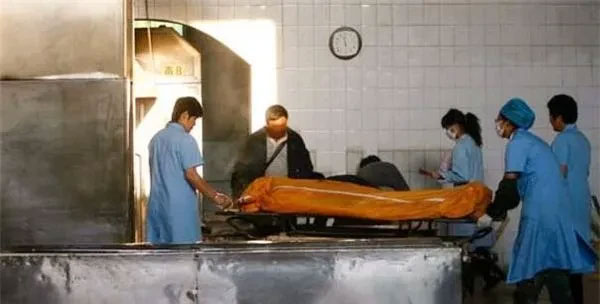
Cremation is the process of reducing the deceased’s body to ashes.
A New Burial Method and Intervention Tested in Wuhan, Resulting in 13kg of Ashes from a 100kg Person
In fact, the Inuit in North America have had a tradition of ice burial for a long time.
The Inuit funeral ritual involves wrapping the dying person in animal skin and placing them in a prepared ice cave. The dying person simply lies on the ice and waits for death to come. When the dying person is in the ice cave for five days, their family completely seals the entrance, effectively turning it into an ice tomb, allowing the deceased to rest in peace.
For us, this method of burial may seem incomprehensible, but for the Inuit, it is a tradition they have always upheld, used for a long time.
Perhaps inspired by this burial method, a new ice burial method has emerged, though it is not entirely the same as the Inuit practice.
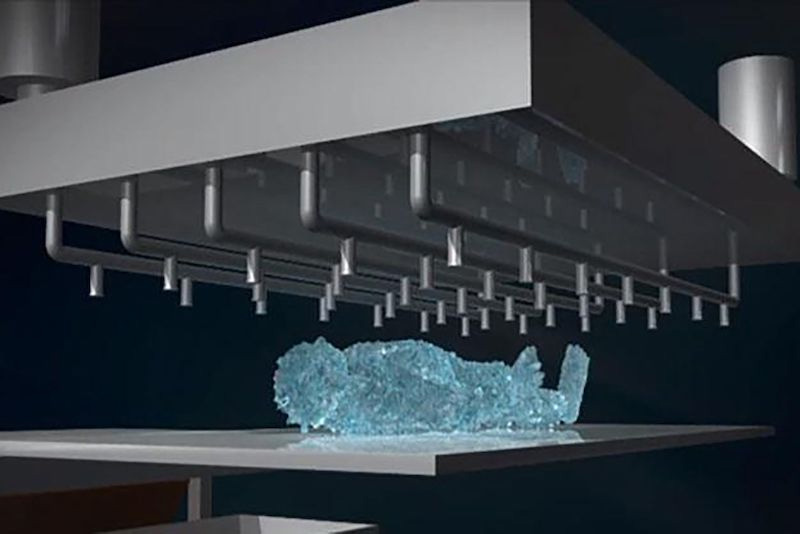
Ice burial uses liquid nitrogen to preserve the remains of the deceased in an environment at -196 degrees Celsius.
Generally, when discussing ice burial, one might think it involves freezing the body in a low-temperature environment, but in reality, there are many differences.
In fact, the so-called ice burial involves using liquid nitrogen to preserve the remains of the deceased at -196 degrees Celsius. A body in this environment will quickly lose moisture and become very fragile. After a period of processing, the remains are ground in an ultrasonic environment, turning them into ashes.
It is said that through ice burial, a person weighing 100kg will yield about 13kg of ashes, an astonishing result.
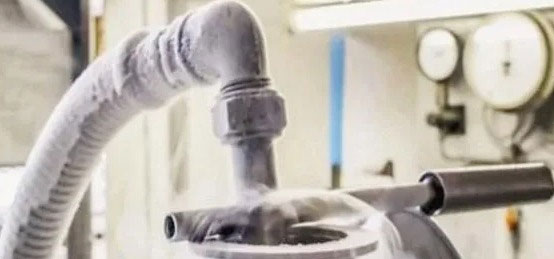
Ice burial does not require much land area and is environmentally friendly.
Upon investigation, this new burial method has many advantages over other funeral practices. For example, compared to earth burial, ice burial does not require much land area, and compared to cremation, it is also very environmentally friendly. The burial process does not cause any pollution issues. The so-called ice burial actually accelerates the natural decomposition of the body, thus naturally not producing harmful gases for the environment like cremation.
According to relevant data, the ice burial technique was first invented by Swedish scientists, and relevant government agencies in China have also adopted this novel burial method and are researching it further. Currently, ice burial technology has been introduced and is beginning to be tested in the Wuhan area.
After this decision was announced, it quickly sparked a lively debate in society, with various opinions on the matter.
In China, many people are very open to new ideas and strongly support ice burial. For them, it seems that ice burial aligns better with today’s concepts of environmental protection and sustainable development.
However, there are also some relatively conservative individuals who argue that this burial method is currently unacceptable as it violates traditional Chinese concepts of funerals. Additionally, the high costs associated with ice burial have also discouraged many.
Therefore, the future of large-scale implementation of ice burial in China will depend on the results of the experiment in Wuhan.


















































